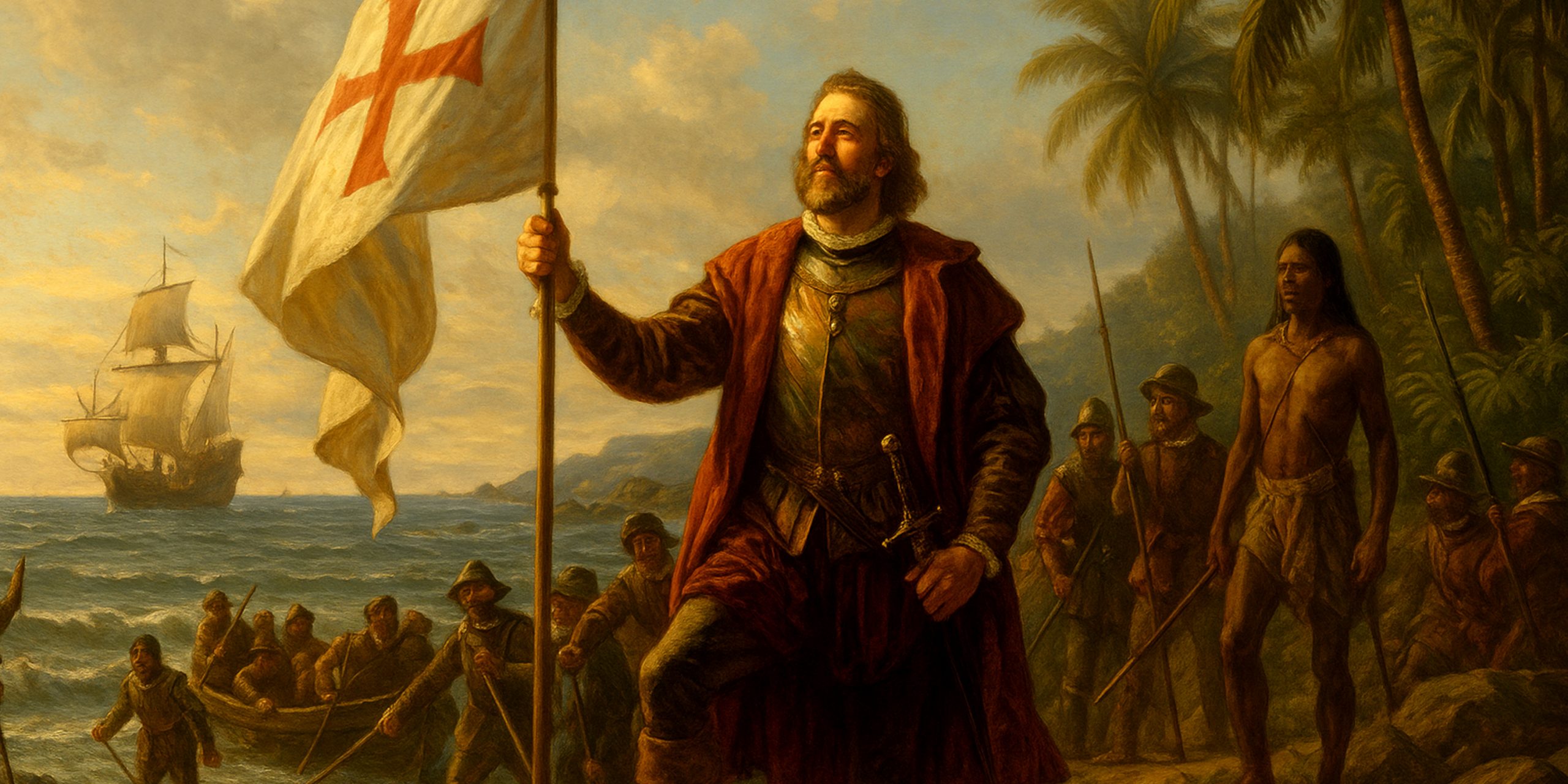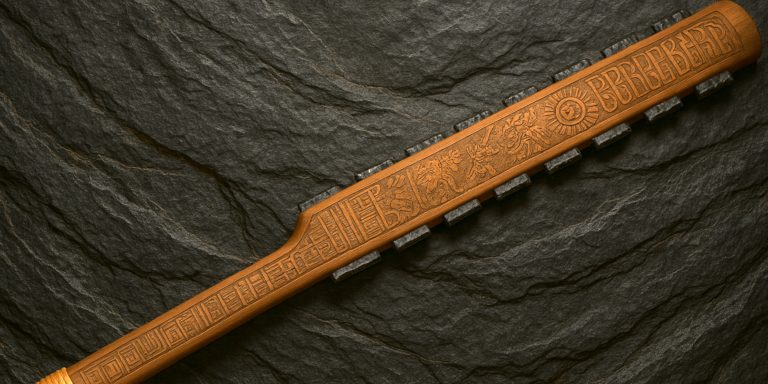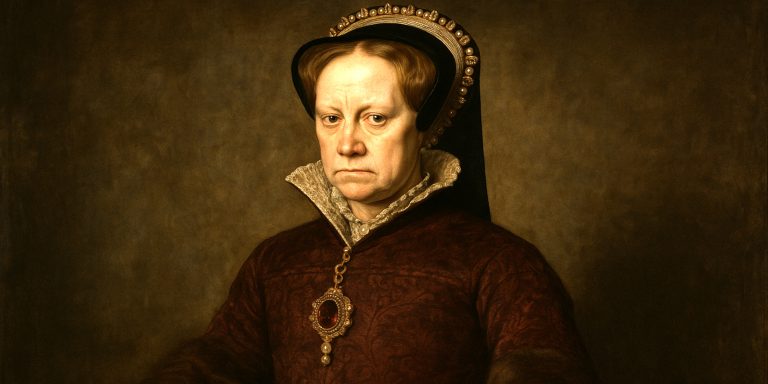
The Age of Exploration, sometimes called the Age of Discovery, was one of those rare turning points in history when entire continents suddenly found themselves dragged into someone else’s story. From the late 15th century into the 17th, European kingdoms launched fleets of daring sailors in pursuit of wealth, territory, trade routes, and a little glory to impress their monarchs.
It was not a polite age of handshakes and maps over brandy. It was an age of suspicion, storms, mutinies, and more than a few swords rattling on decks.
Why Did It Begin?
By the mid-1400s, Europeans had a problem. They were hooked on spices, silk, and exotic goods from Asia, but the overland routes were long, costly, and increasingly squeezed by Ottoman control. The answer was obvious: find a sea route.
Portugal led the charge, poking cautiously down the coast of Africa. Spain followed with a gamble that Christopher Columbus could bump into Asia by sailing west. He was wrong about the geography, but in being wrong he stumbled upon the Americas, changing the course of global history.
The Big Names
A cast of characters more colourful than any novelist could invent took to the seas.
- Christopher Columbus convinced Spanish monarchs to bankroll his voyage, then spent the rest of his career insisting he had reached Asia.
- Vasco da Gama of Portugal sailed around Africa to India, opening up a direct sea route to Asia and sending spice merchants into overdrive.
- Ferdinand Magellan, though he never made it back himself, led the first expedition to circumnavigate the globe, proving once and for all that the Earth was not only round but far larger than expected.
- Sir Francis Drake mixed exploration with piracy, which the English Crown diplomatically called “privateering.”
These explorers were equal parts navigators, opportunists, and at times, outright troublemakers.
The Tools of the Trade
Sailing into the unknown was no casual day trip. Explorers relied on new technologies to give them a fighting chance:
- The caravel, a nimble ship design that could handle long voyages and tricky winds.
- The astrolabe and later the sextant, which allowed sailors to calculate their position using the stars.
- Better maps, though “better” is relative when some of them still had sea monsters lurking in the margins.
Of course, no voyage was complete without steel swords, arquebuses, and cannons, which ensured that “trade negotiations” with foreign peoples often leaned heavily in favour of the Europeans.
The Impact
The Age of Exploration linked the world in ways unimaginable to medieval Europe. Crops, animals, and ideas now travelled across oceans. The potato and tomato became European staples, horses transformed Native American societies, and sugar plantations reshaped economies.
But we cannot romanticise it without acknowledging the darker side. Colonisation, slavery, and the spread of disease devastated indigenous populations. The pursuit of wealth came at extraordinary human cost, and the scars are still visible today.
The Seven Swords Takeaway
Exploration was never simply about curiosity. It was about profit, politics, and prestige. The explorers themselves were brave, reckless, and often blinkered men who thought little of the worlds they disrupted. Yet the voyages they undertook stitched the globe together, for better or worse.
When you look at a world map today, every neat border and familiar place name is a reminder that the Age of Exploration was not just a moment of discovery but a collision of worlds. And like most collisions, it left behind wreckage as well as progress.



